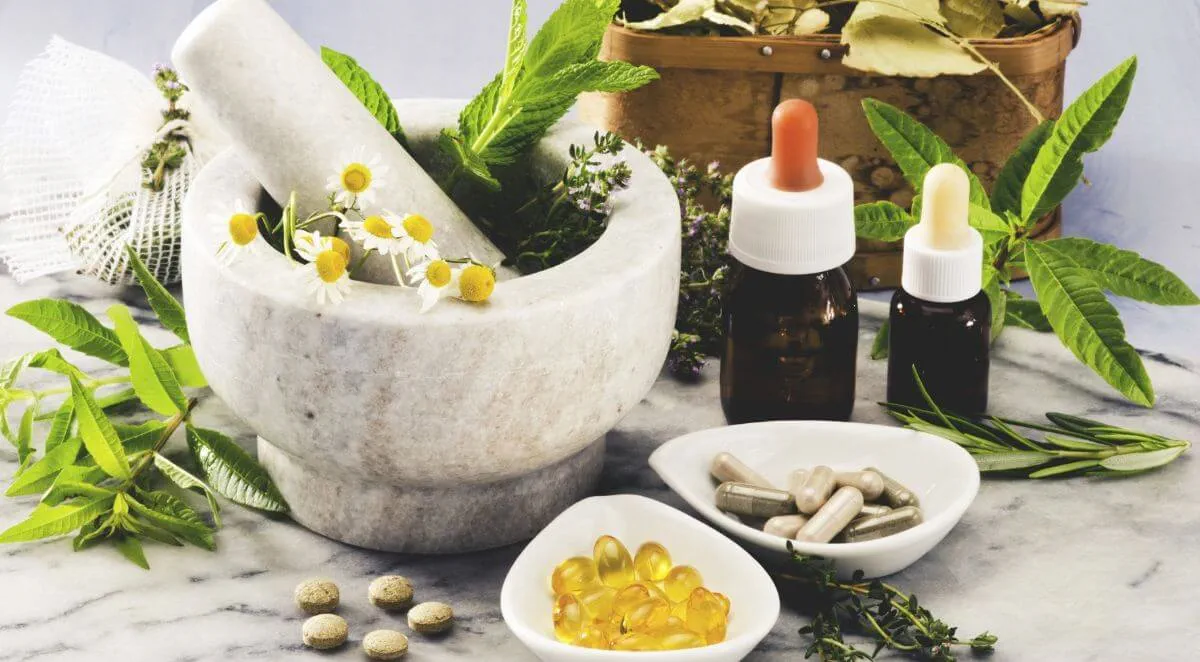A Biased View of Herbalife

In 1990, expenditure connected with "alternate" therapy in the United States was approximated to be US$ 13.7 billion. In Australia, copyright, and the United Kingdom, annual expense on typical medicine is approximated to be US$ 80 million, US$ 1 billion, and US$ 2.3 billion, specifically.
The total business worth of the ethnobotanicals market can not be overlooked. In 1995, the overall turn over of nonprescription-bound herbal medicines in pharmacies was equivalent to almost 30% of the complete turn over of nonprescription-bound medications in Germany, and in the United States, the annual retail sales of natural products was approximated to be US$ 5 - herbalife near me.1 billion.
4 Simple Techniques For Herbalife
In China, the overall worth of organic medication manufactured in 1995 reached 17.6 billion Chinese yuan (roughly US$ 2.5 billion; Eisenberg et al. 1998; THAT 2001). This pattern has continued, and annual profits in Western Europe reached US$ 5 billion in 2003-2004 (De Smet 2005). In China, sales of natural items totaled US$ 14 billion in 2005, and revenue from natural medicines in Brazil was US$ 160 million in 2007 (World Health And Wellness Organization; http://www.who.int/topics/traditional_medicine/en/). In China, in 2003, conventional herbal medicines played a noticeable duty in the strategy to contain and deal with extreme intense breathing syndrome (SARS), and in Africa, a standard natural medicine, the Africa blossom, has been used for years to deal with throwing away signs connected with HIV (De Smet 2005; Tilburt and Kaptchuk 2008).
Herbs and plants can be refined and can be absorbed various ways and forms, and they include the entire natural herb, teas, syrup, crucial oils, ointments, salves, scrubs, pills, and tablets that include a ground or powdered type of a raw herb or its dried out extract. Plants and herbs essence differ in the solvent utilized for extraction, temperature, and removal time, and include alcoholic extracts (tinctures), vinegars (acetic acid removes), warm water essence (tisanes), long-term boiled extract, generally origins or bark (products), and cool mixture of plants (macerates).

Around 200 years back, the first pharmacologically active pure substance, morphine, was produced from opium drawn out from seeds skins of the poppy Papaver somniferum. This exploration revealed that drugs from plants can be detoxified and administered in specific does no matter of the resource or age of the material (Rousseaux and Schachter 2003; Hartmann 2007).
All About Herbalife
With this continued pattern, products from plants and all-natural resources (such as fungis and aquatic microorganisms) or analogs inspired by them have contributed substantially to the industrial drug prep work today. Examples consist of prescription antibiotics (e.g., penicillin, erythromycin); the cardiac energizer digoxin from foxglove (Digitalis purpurea); salicylic acid, a precursor of pain killers, obtained from willow bark (Salix spp.); reserpine, an antipsychotic and antihypertensive medicine from Rauwolfia spp.; and antimalarials such as quinine from Cinchona bark and lipid-lowering representatives (e.g., lovastatin) from find more information a fungi (Rishton 2008; Schmidt et al.
Likewise, more than 60% of cancer cells therapies on the market or in screening are based on all-natural products. Of 177 medications approved globally for treatment of cancer, even more than 70% are based on natural items or mimetics, much of which are enhanced with combinatorial chemistry. Cancer therapies from plants consist of paclitaxel, isolated from the Pacific yew tree; camptothecin, originated from the Chinese "pleased tree" Camptotheca acuminata and made use of to prepare irinotecan and topotecan; and combretastatin, originated from the South African bush willow (Brower 2008.
In between 2005 and 2007, 13 medicines obtained from natural items were authorized in the United States., last gain access to: November 5, 2010).
Get This Report on Herbalife
In the USA, the National Facility for Complementary and Natural Medicine at the National Institutes of Health and wellness spent around US$ 33 million on herbal medications in the 2005; in 2004, the National Canadian Institute committed virtually US$ 89 million for studying a variety of traditional treatments. While this range of investment is reduced compared to the overall research and growth expenses of the pharmaceutical sector, it nevertheless shows authentic public, industry, and governmental interest in this field (Li and Vederas 2009). With tremendous expansion in the rate of interest in and usage of standard medicines worldwide, two major locations of concern develop that bring significant challenges.

Comments on “The Ultimate Guide To Herbalife”